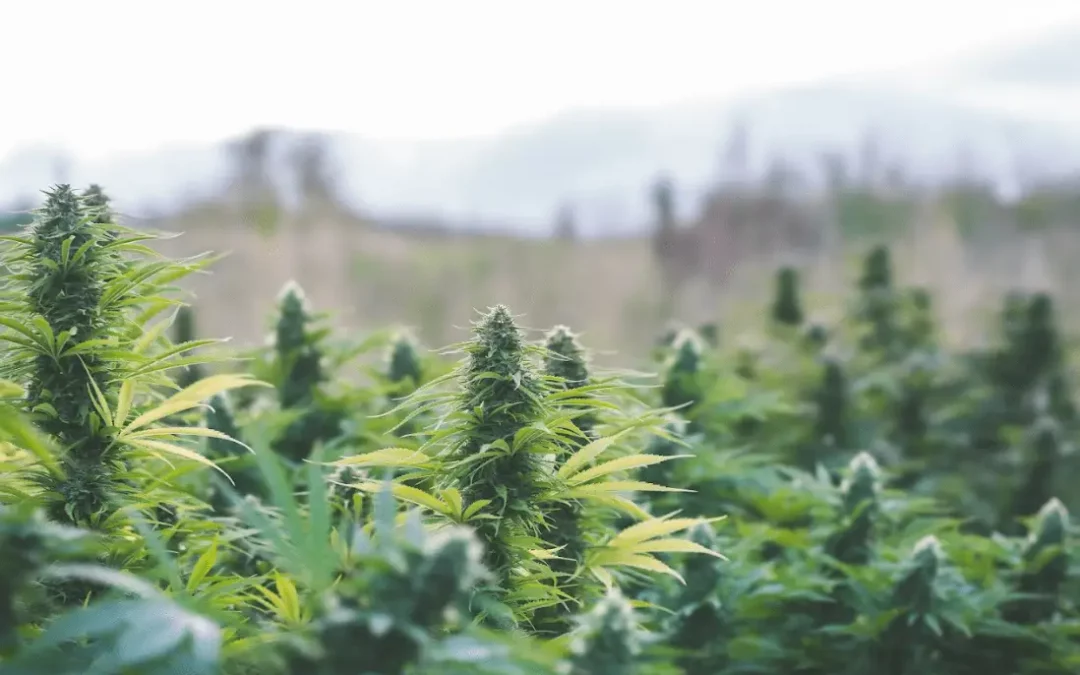Medical and recreational marijuana have deep roots in countries and cultures around the globe. Cannabis, more commonly known in the past two centuries as marijuana, has a long history of uses and slang names.
There’s growing evidence that ancient cultures knew about the psychoactive properties of the cannabis plant. They often applied the use in medicine and may have cultivated some varieties to produce higher levels of THC for use in social or spiritual ceremonies, as well as healing rituals.
In what may be the first Western historic reference to cannabis, the ancient Greek historian Herodotus described the Scythians – a large group of Iranian nomads living in Central Asia – inhaling the smoke from smoldering cannabis seeds and flowers to get high. The Scythians are one of the earlier groups to be known to use cannabis due to it’s medicinal properties, but it was also listed in 2800 BC in Emperor Shen Nung’s pharmacopoeia which may be one of the earliest written references to the medicinal properties of Cannabis.
Cannabis as Medicine
However, while most ancient cultures probably didn’t use cannabis for recreational purposes, it has a long, documented history as a medicinal aid.
Cannabis has been used in central Asia for thousands of years. Archaeological research proves it was being cultivated in China in 4000 B.C. and Turkestan in 3000 B.C. People living in India, China, Southern Africa, South America and parts of the Middle East have long understood the medicinal power of cannabis.
More than 5,000 years ago, a Chinese emperor is recorded as using cannabis to treat malaria, pains associated with arthritis and “female disorders.” There are reports of the Chinese taking hemp and mixing it with wine to make a form of anesthesia that could be used during surgery.
In India, cannabis has long been used to treat insomnia and stimulate the appetites of people who did not want to eat because of physical ailments or psychological disorders. Uses also included lowering body temperatures, easing migraine headaches and treating dysentery.
In African countries, cannabis also was used to treat dysentery, malaria and high fevers. Today, there are tribes in Africa where women will smoke marijuana prior to childbirth.
Through the late 1700s and 1800s, Western civilization began exploring the benefits of cannabis. However, toward the end of the 19th Century, the use of medical cannabis began to decline for lack of proven results.
In the 21st Century, interest in using cannabis as medicine has grown exponentially and has resulted in a worldwide change in perceptions and opinions among medical practitioners and the general public. Scientists and doctors in the United State, Europe and Israel now have research to back using cannabis to treat an ever-growing range of medical conditions.
Cannabis in America
In the last two decades, the use of cannabis as medicine has re-entered the national debate in the United States. Both traditional marijuana and hemp have similar biological characteristics and healing potential.
Hemp cultivation in America dates back to the colonies. Its importance was codified in laws in Virginia, Massachusetts and Connecticut that required farmers to dedicate a portion of land to growing hemp. It is widely accepted that many colonists, including some of America’s Founding Fathers, smoked hemp.
This incredibly versatile plant was used to make textiles for clothing and industrial use, and paper products (a draft of the Declaration of Independence was written on hemp paper). Hemp seeds also were used as highly nutritious food and a valuable source of oil. Most importantly, hemp was used to make strong and durable ropes, which were essential to commercial and military shipbuilding and sailing.
Hardy, fast-growing and easy to cultivate, hemp spread across the country from the eastern seaboard to the desert southwest to far northern states such as Wisconsin. Industrial hemp continued to be grown in the United States throughout World War II, especially after the Philippines – a major source of imported hemp fiber – fell to Japan.
Hemp plants have low levels of tetrahydrocannabinol (THC), the chemical responsible for marijuana’s psychoactive effects. But hemp plants contain higher levels of cannabidiol (CBD) compared to marijuana.
In the United States, marijuana wasn’t widely used for recreational purposes until the early 1900s. Mexicans who immigrated to the United States during the tumultuous years of the Mexican Revolution introduced the recreational practice of smoking marijuana to American culture.
Medicinal cannabis, which had been used for hundreds or thousands of years throughout Asia and in Africa and Europe, eventually appeared in Americas in the mid-19th Century,
Other Notable Dates
- Burned cannabis seeds have been found in the graves of shamans in China and Siberia from as early as 500 BC.
- Hashish (a purified form of cannabis smoked with a pipe) was widely used throughout the Middle East, India and parts of Asia by 800 A.D.
- In the 1830s, Sir William Brooke O’Shaughnessy, an Irish doctor studying in India, found that cannabis extracts could help lessen stomach pain and vomiting in people suffering from cholera.
- By the late 1800s, cannabis extracts were sold in pharmacies and doctors’ offices throughout Europe and the United States to treat stomach problems and other ailments.
- In the 1970, researchers in Israel found cannabis eased nausea in children after incurring chemo treatments.


